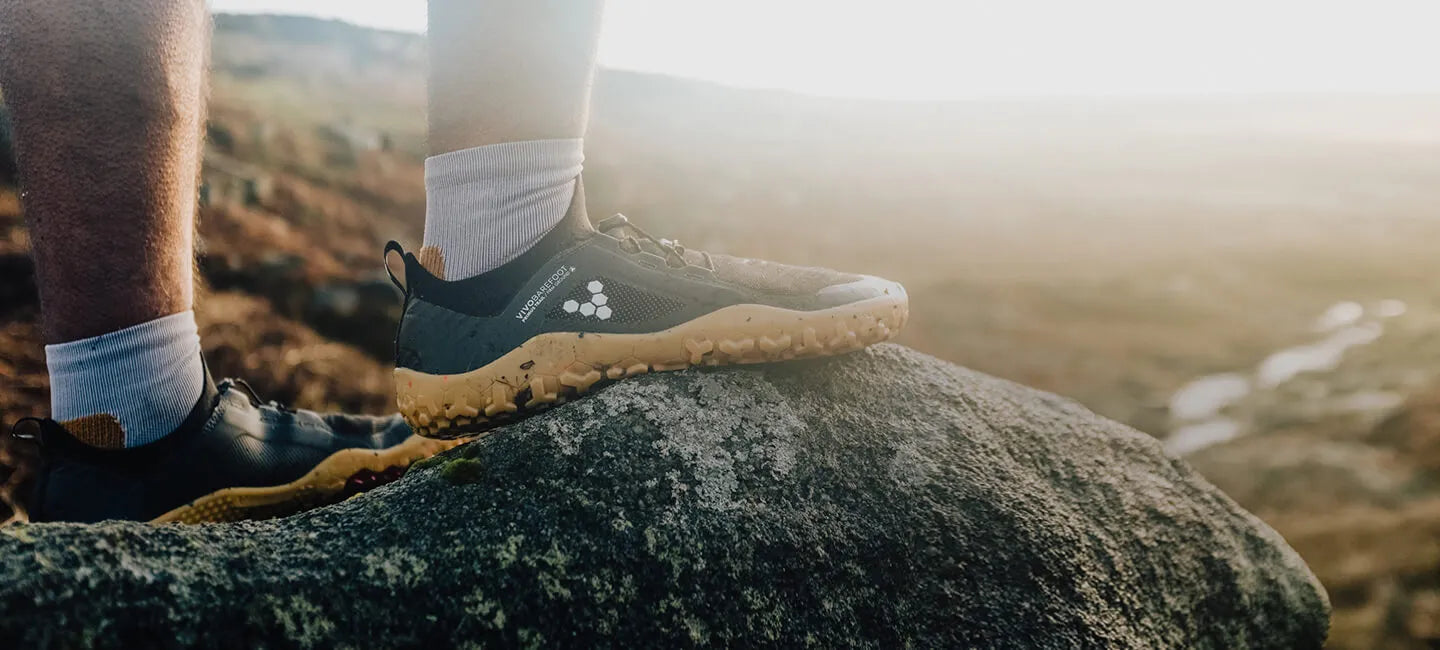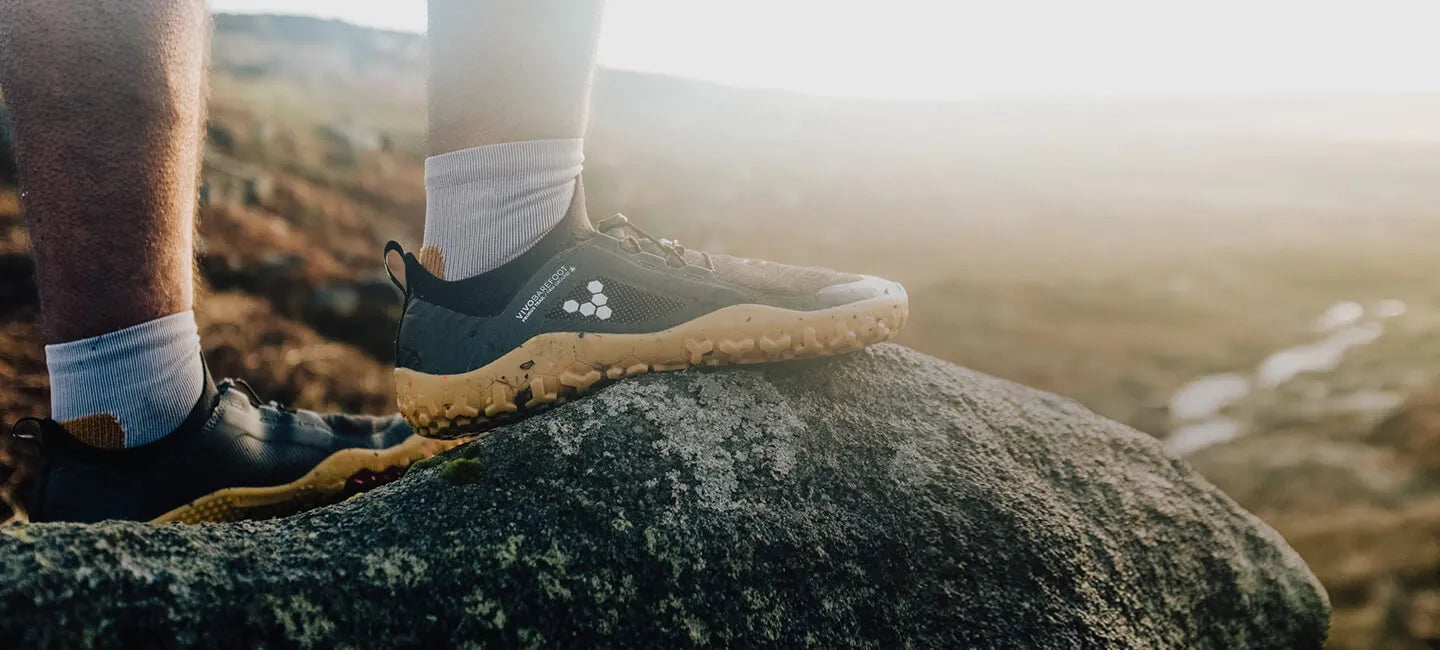ENDURANCE RUNNING HYPOTHESIS
From an evolutionary perspective, we know that humans have been running long distances for over 2 million years and the adaptations to our anatomy and physiology stimulated by endurance running are what separate us from our closest primate cousins.
Humans are the only upright, bipedal, running primates. Humans are particularly suited (evolved) as endurance runners with a unique ability to sweat (stay cool), have large hip muscles, short parallel toes, straight legs and long tendons compared to other primates. Early humans were persistent hunters, running down animals by tracking them over long distances, most of that running was done barefoot on hard, rough surfaces before modern humans invented footwear such as sandals or moccasins in the Upper Palaeolithicperiod about 40,000 years ago.
Present day human beings have evolved from 6,666 generations of hunter gatherers, 366 generations of farmers, 7 generations of industrialised city dwellers and 4 generations of sedentary modern humans.
DISEASES OF CIVILISATION
“Nothing in biology makes sense except in the light of evolution” (Dobzhansky, 1972).
We can use the application of evolutionary biology to understand health and disease: humans evolved to live as simple hunter-gatherers in small tribal bands, natural light and food, bacteria and movement.
A very different way of life and environment to that faced by contemporary humans. This change makes present humans vulnerable to a number of health problems, termed ‘diseases of civilisation’.
GRAVITY
Human beings are born with a typical primate spine which is ‘C’ shaped. As humans learn to sit, stand and walk, (software) under gravity, the spine begins to straighten and eventually become ’S’ shaped (hardware). With unusually big heads balancing on uniquely long spines, humans are susceptible to bad posture (lumbar flexion moments) and skeletal misalignment.
Modern human beings spend a large proportion of the day in a seated posture and, instead of regular healthy movement, do short bursts of high intensity, unnatural ‘exercise’. Regular, low intensity movement on two feet (under gravity) is the best anti-aging programme known to humans.




















